Common spider species
Most spiders prefer living outdoors, but all too often, you may run across a few spiders that have found their way indoors in search of food and shelter. Learn more about the life cycles and habits of these 8-legged creepy crawlers that are commonly found in India.
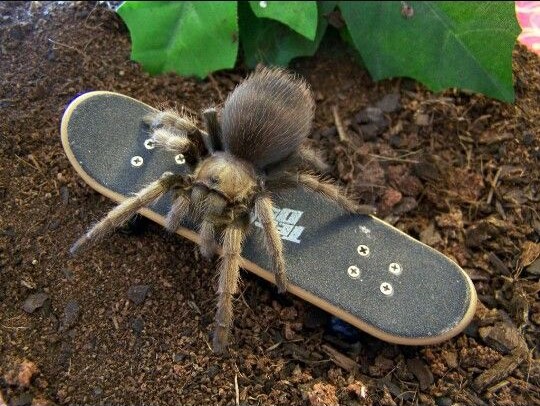
Do you think you have spiders?
Don't waste time, book a treatment now with one of our expert
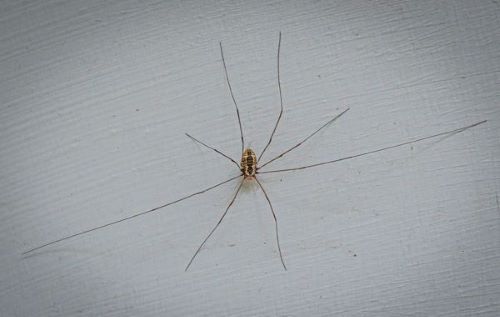
Harvestman spider
(Phalangium opilio)
- Adult – 1/8"– 3/8" body. The upper body surface has light grey/brown pattern, the lower surface is typically cream.
- The females lay eggs in moist soil.
- Only one batch of eggs is laid each year.
- They climb tree trunks or look for food on the ground.
- They feed on many soft bodied arthropods, including aphids, caterpillars, beetle larvae and small slugs.
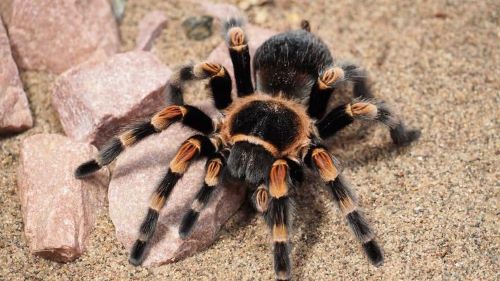
Tarantulas
(Aphonopelma spp.)
- Adult body length excluding legs is 1–5" long. Most tarantulas have black or brown hairy bodies and legs but some species exhibit striking colours.
- Mating season is in autumn. Incubation of the young takes 6-9 weeks, with each female producing 500-1000 eggs into a silken cocoon. The young leave their burrow after 2-3 weeks.
- Life span 25-40 years.
- Tarantulas prefer to live in dry, well-drained soil where they dig a burrow which is lined with silk webbing.
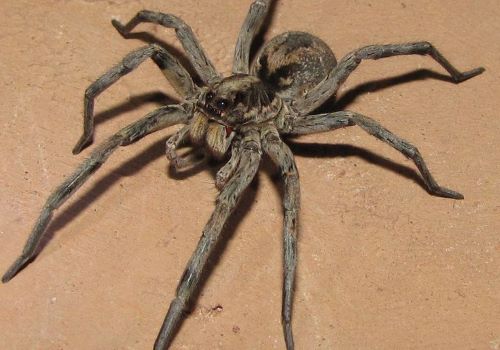
Wolf spider
(Trochosa ruricola)
- Adult female: 5/16"; male: 1/4". They are generally brown to grey in colour.
- Wolf spider mothers carry their egg sacs around with them attached to spinnerets under the abdomen.
- When the young spiderlings hatch, they climb onto their mother's back where they live for the first few weeks of life.
- They hunt at night but spend the day hidden amongst moss and decaying matter.
- They live in a shallow burrow, with an open and unadorned entrance.
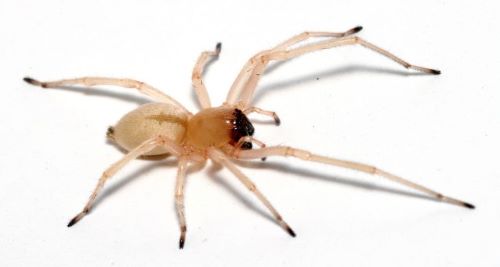
Yellow sac spider
(Cheiracanthium spp.)
- Pale in colour, abdomen can be yellow or beige with a faint dark stripe running lengthwise.
- 1/4 to 3/8 inches long
- 4 pairs of legs, the 1st pair longer than the 4th.
- Eight similarly-sized dark eyes arranged in two horizontal rows.
- A female produces around 5 egg sacs each with 30 to 48 eggs. The female may produce several egg masses during her lifetime.
- Approximately 30 percent of adult males get eaten by females after mating.
- Feeding — usually small insects.
- Location — they build a silken tube or sac (instead of a web) in a protected area which is used as their daytime retreat.
- Visibility — they emerge at night to look for food. They drop to the floor to seek cover when disturbed.

